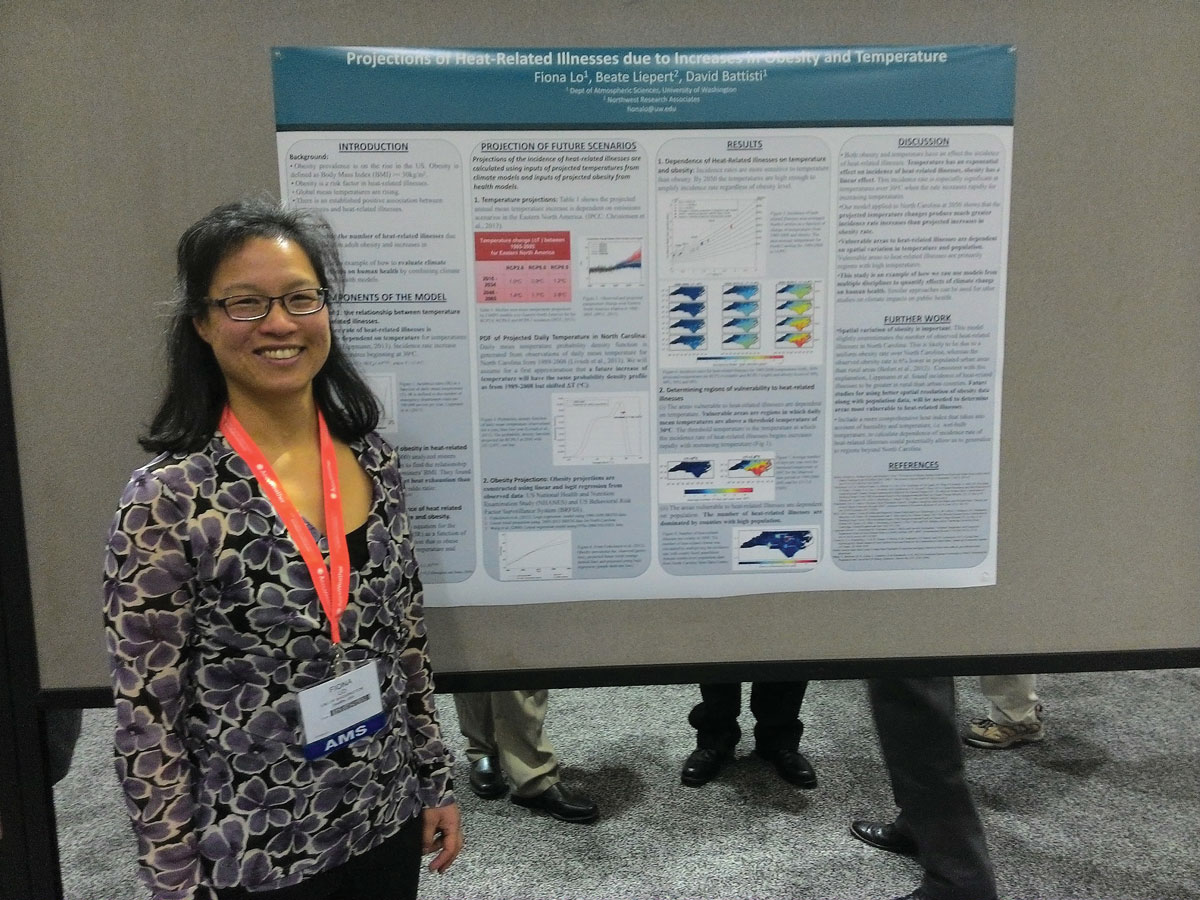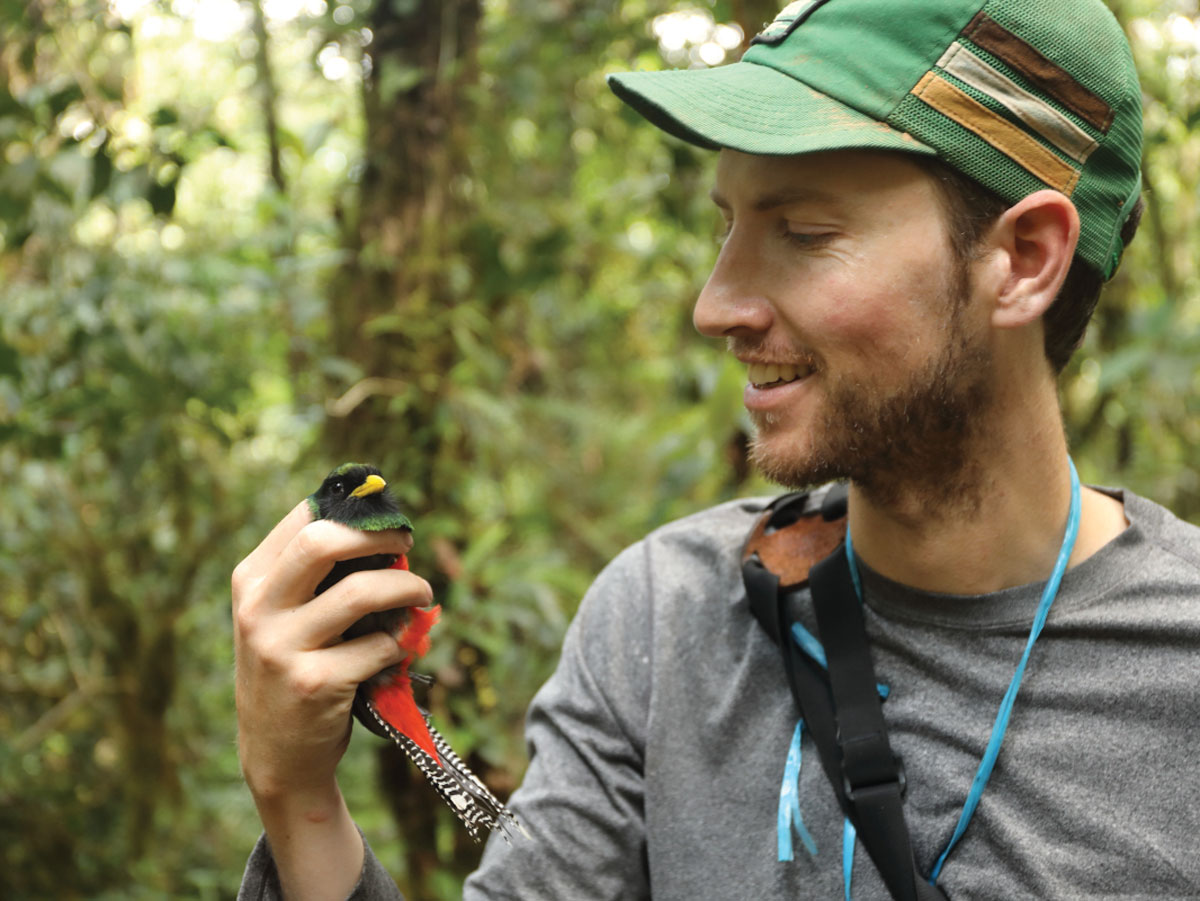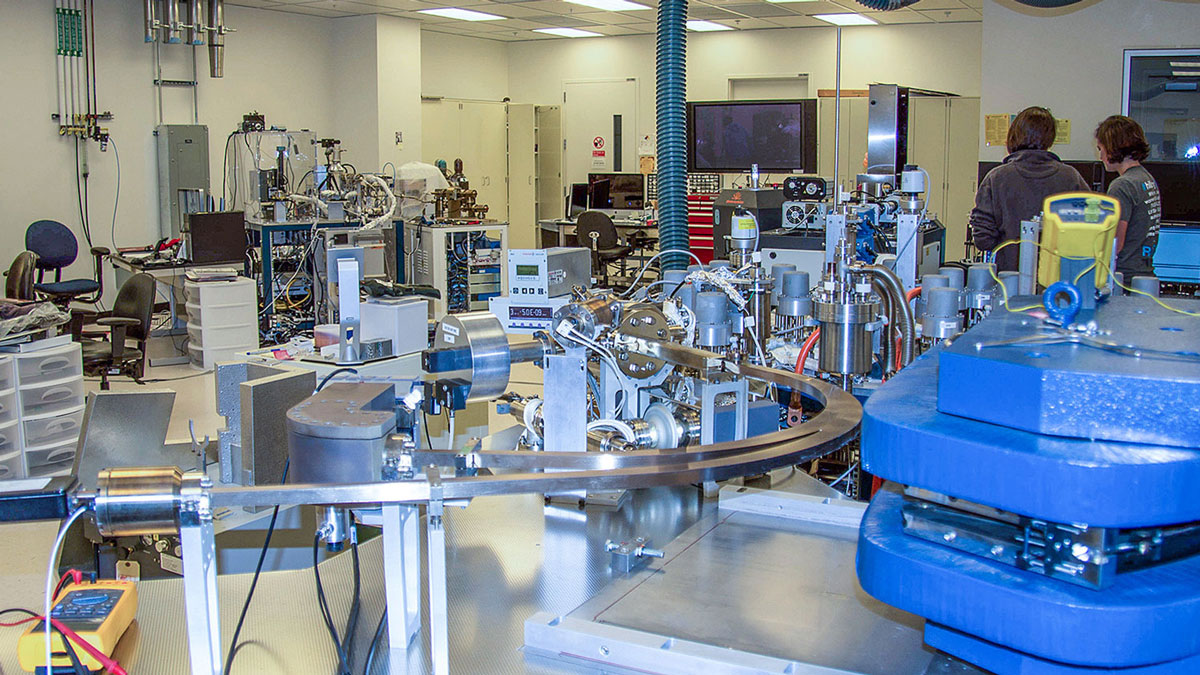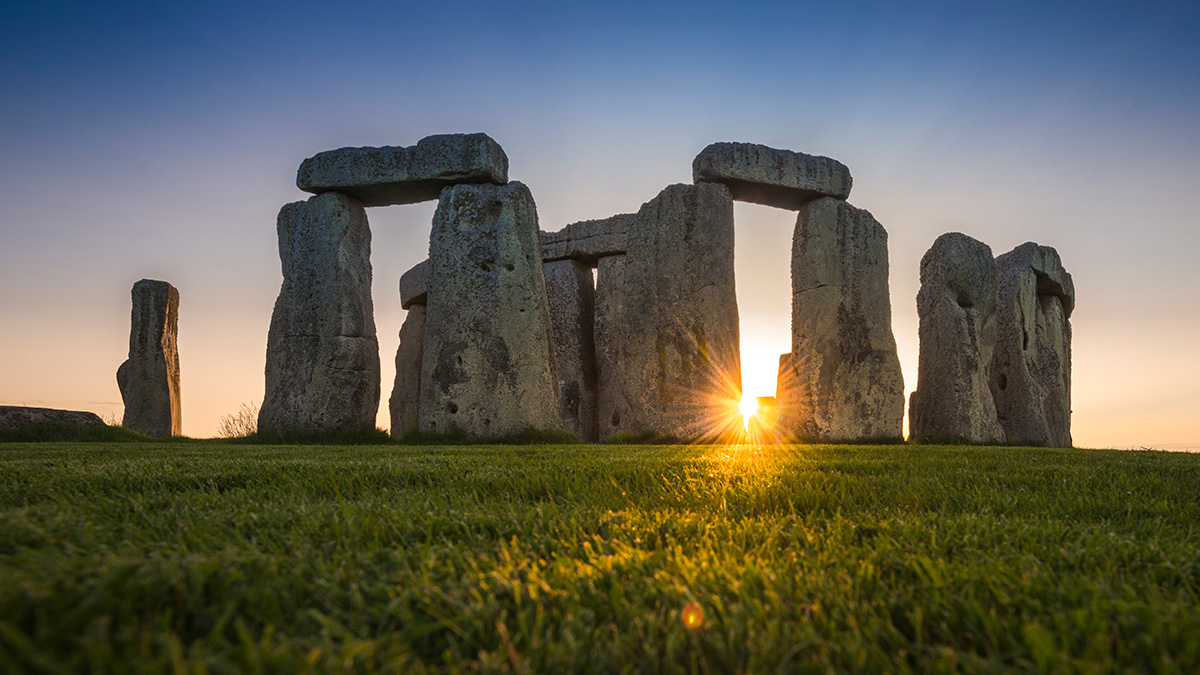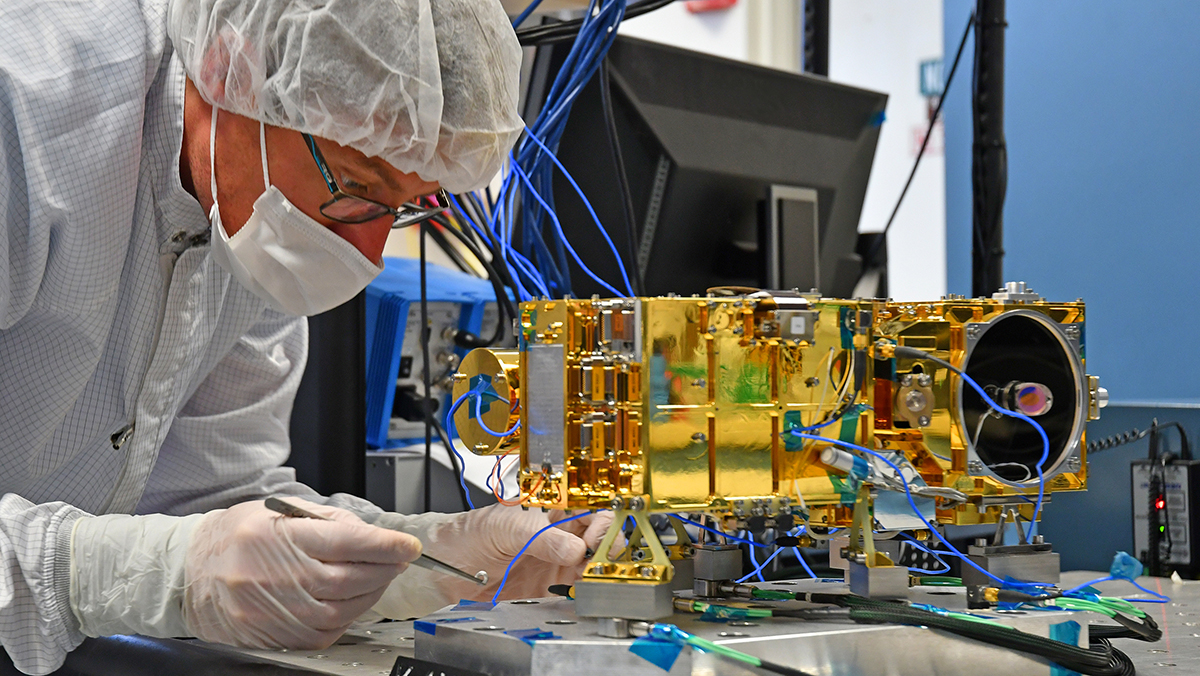Driftwood floats thousands of kilometers from Siberia to Iceland, but it may drift no longer by 2060 due to climate change.
Richard J. Sima
Richard Sima is a science writer based in Baltimore, Md. He covers the environmental and life sciences and has written for Eos, Scientific American, Discover, and elsewhere. He has a Ph.D. in neuroscience from Johns Hopkins University and an undergraduate degree in neurobiology from Harvard College.
Fiona Lo: A “Really Long, Convoluted Path” to Health
Lo uses her background in atmospheric sciences to forecast pollen concentrations.
Benjamin Freeman: Slowing Birds’ “Escalator to Extinction”
From Bolivia to Peru, Freeman researches how a warming world affects tropical birds.
Indoor Air Pollution in the Time of Coronavirus
How aerosol scientists spread the word on the airborne transmission of COVID-19–and what it means for cleaning our indoor air.
Long-Term Planning For Deep-time Labs
When directors depart argon labs, what happens to their expensive equipment, skilled staff, and institutional knowledge?
Tecnología de punta, serendipia y los secretos del Stonehenge
El primer análisis exhaustivo de lo qué están hechas las piedras sarsen se produjo con nueva tecnología y buena suerte a la antigua.
Mountains Sway to the Seismic Song of Earth
The Matterhorn in the Swiss Alps is in constant motion, gently swaying back and forth about once every 2 seconds.
Leaky Pipes Are Dosing Baltimore’s Waterways with Drugs
Poor infrastructure is responsible for tens of thousands of pharmaceutical doses that flow through Baltimore’s streams each year.
Lasers Have the Makings of a 21st-Century Geoscience Tool
Laser-induced breakdown spectroscopy is a versatile geochemical tool being used in a wide range of applications, from Mars rovers to earthly rock identification.
State-of-the-Art Technology, Serendipity, and Secrets of Stonehenge
The first comprehensive analysis of what the sarsen stones are made of came about with new technology—and good old-fashioned luck.


